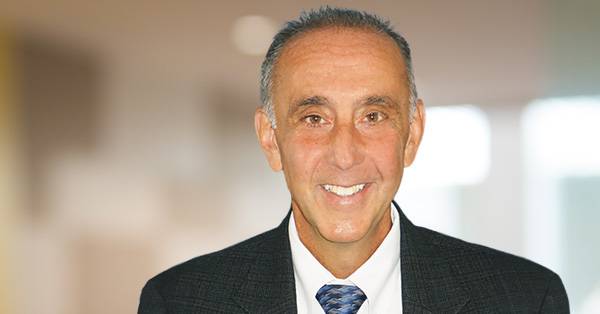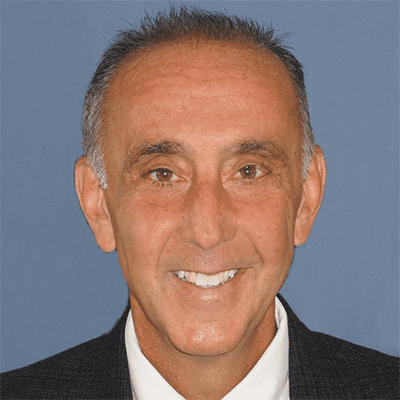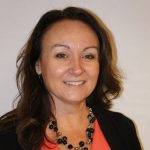- Solutions
- Solutions
- Home Health
- Hospice
- Life Plan Community
- Palliative Care
- Private Duty
- Senior Living
- Skilled Nursing
- Skilled Nursing
- Skilled Nursing Software
- Advanced Insights
- Customer relationship management
- Data and analytics
- Financial & operations management
- Marketing
- Nutrition management
- Referral management
- Regulatory compliance
- Retail management
- Resident engagement
- Revenue cycle management
- Skilled nursing interoperability
- Partners
- Blogs
- Resources
- About
- User Conference

Leveraging data: The power behind modern senior care
Building stronger outcomes through accessible data and connected systems
Every day, care teams across senior living, skilled nursing, home health, and hospice document mountains of information: assessments, vitals, visit notes, billing entries, staffing schedules, and more. But too often, that data disappears into a digital void. It’s collected but not connected.
In today’s environment of tight margins, evolving regulations, and growing expectations, data can’t sit idle. The difference between surviving and thriving comes down to how well your organization can access and use the data you already have.
Because data isn’t just numbers. It’s insight. It’s visibility. It’s the quiet engine that powers smarter, more proactive decisions across your organization. And for forward-thinking providers, accessible, connected data is what’s helping them operate more efficiently, deliver stronger outcomes, and build more resilient teams. The question becomes, how do you access that data and leverage it? To answer that, we’ll explore:
The hidden power of accessible data
Every provider has data, but not everyone can use it or use it effectively.
When information is trapped in silos, like clinical records in one system, billing data in another, workforce scheduling somewhere else, it becomes nearly impossible to see the full picture. That fragmentation adds friction at every level. Staff have logins to multiple systems just to re-enter the same information. Leaders make decisions using outdated reports. Opportunities to improve care or reduce costs go unseen.
Accessible data changes that. When your systems are connected, data flows freely, and insights are always within reach. Suddenly, you can see how staffing patterns impact care outcomes. You can track trends in readmissions or resource use in real time. You can compare how performance shifts across locations all from one dashboard.
It’s not about having more data; it’s about having data that works for you. Accessible data gives leaders confidence, clarity, and control, empowering them to move from reacting to what happened last quarter to acting on what’s happening right now.
How data and analytics power modern operations
Modern care organizations are discovering that when they connect their systems, EHRs, financial tools, and workforce management platforms, data becomes their most valuable operational asset.
Clinical Insight
Data helps care teams recognize subtle changes in resident or patient status faster and respond with precision. When your POC charting or CNA POC charting tools are seamlessly integrated into your long-term care software, caregivers can input updates once and have them flow everywhere they need to go. That means fewer documentation errors, less duplication, and more time for what matters most—people.
And when that information connects to your home health software or hospice system, clinical leaders gain real-time visibility into performance and outcomes across every care setting.
Financial Performance
Operational and financial data shouldn’t live in separate worlds. When organizations connect the dots between census trends, staffing levels, and reimbursement, they can make smarter, faster financial decisions.
Accessible data supports accurate forecasting and budgeting. It highlights inefficiencies before they become costly. It helps leadership adjust strategies with confidence because they’re basing decisions on what’s actually happening, not what’s assumed.
In a world where margins are razor-thin, the right insights can help maximize resources and reduce risk across every department.
Workforce and Operational Strength
Staffing is the heartbeat of senior care and one of its biggest challenges. Data visibility can help optimize schedules, reduce burnout, and improve retention by minimizing unnecessary manual work.
When systems are integrated, leaders can easily see where workloads are uneven, where overtime is rising, or where staff satisfaction might be slipping. Streamlined workflows and accessible point-of-care data don’t just boost efficiency, they help create a culture where clinicians feel supported, valued, and empowered to do their best work.

From disconnected systems to connected insights
The reality is that most care organizations rely on multiple systems: EHRs, billing tools, scheduling software, HR platforms, analytics dashboards, and more. But when those systems don’t connect, their potential is limited.
That’s why interoperability has become an operational must-have. When your systems communicate, the data entered once flows everywhere it needs to go. It minimizes duplication, reduces errors, and creates consistency across workflows.
Industry frameworks like Qualified Health Information Networks (QHINs) are helping to accelerate these connections across the healthcare ecosystem. Modern care teams want and deserve systems that work together, not in isolation.
What modern care leaders should expect from their tech vendors
If your organization is investing time and energy into documenting every detail of care, you should be able to use that data freely. You might ask yourself, can my current system give me the access and connections I need to make timely, data-driven decisions?
Leaders today should expect vendors to provide:
- Secure, full access to their own organizational data
- Straightforward options for sharing data across systems, whether through APIs, direct connections, or robust reporting tools
- Clear support for integrating that data effectively
Collaborate with your vendor or IT consultant to assess how interoperable your systems really are. How easy is it to connect your EHR with your scheduling or billing system? How quickly can you generate reports that show the full picture?
You’ve been entering data for years. Now’s the time to put it to work, transforming it from a byproduct into a strategic asset that supports every decision you make.
Data as your decision-making engine
When data flows freely, everything changes, care operations move with purpose. Workflows become smoother, staff spend less time navigating between systems, and leaders gain visibility into performance across every part of their organization.
Accessible, connected doesn’t just streamline processes, it builds stronger teams and supports better outcomes. It creates a foundation for continuous improvement and future innovation.
The organizations that succeed won’t just collect data; they’ll use it to drive smarter decisions, faster responses, and lasting impact. The future of care is data-driven, and the time to start leveraging that data is now.
Discover what’s next with MatrixCare
Take a moment to ask, how accessible and connected is our data today?
Start the conversation with your vendor or IT team about access, interoperability, and integration. If your systems can’t communicate easily, it might be time to explore technology designed for the modern world of connected care.
At MatrixCare, we’re helping senior living, skilled nursing, home health, and hospice organizations modernize operations with data that’s accessible, connected, and built to support smarter, more informed decisions for teams, residents, and families alike.
Explore how MatrixCare can help you leverage data in senior care.
Daniel Zhu
Daniel Zhu comes from a diverse background of clinical experience and technology entrepreneurship. Having spent five years in clinical and clinical research roles with the Alberta health system and the University of Toronto health network, he has diverted his medical expertise to architecting and building technology solutions to optimize health care practice. At various organizations, he has lead engineering teams, product teams, and founded his own natural language processing start-up in the clinical research space. Stepping away from the start-up world, Daniel has spent time as a data consultant for large corporations such as Ford, Co-op, and RBI. Re-entering the health technology field, today Daniel has recently joined the ResMed and MatrixCare team to lead the productization of AI and machine learning capabilities.
Related Posts


See MatrixCare in action
Start by having a call with one of our experts to see our platform in action.
MatrixCare offers industry-leading software solutions. Thousands of facility-based and home-based care organizations trust us to help them improve efficiency and provide exceptional care.
© 2025 MatrixCare is a registered trademark of MatrixCare. All rights reserved.






